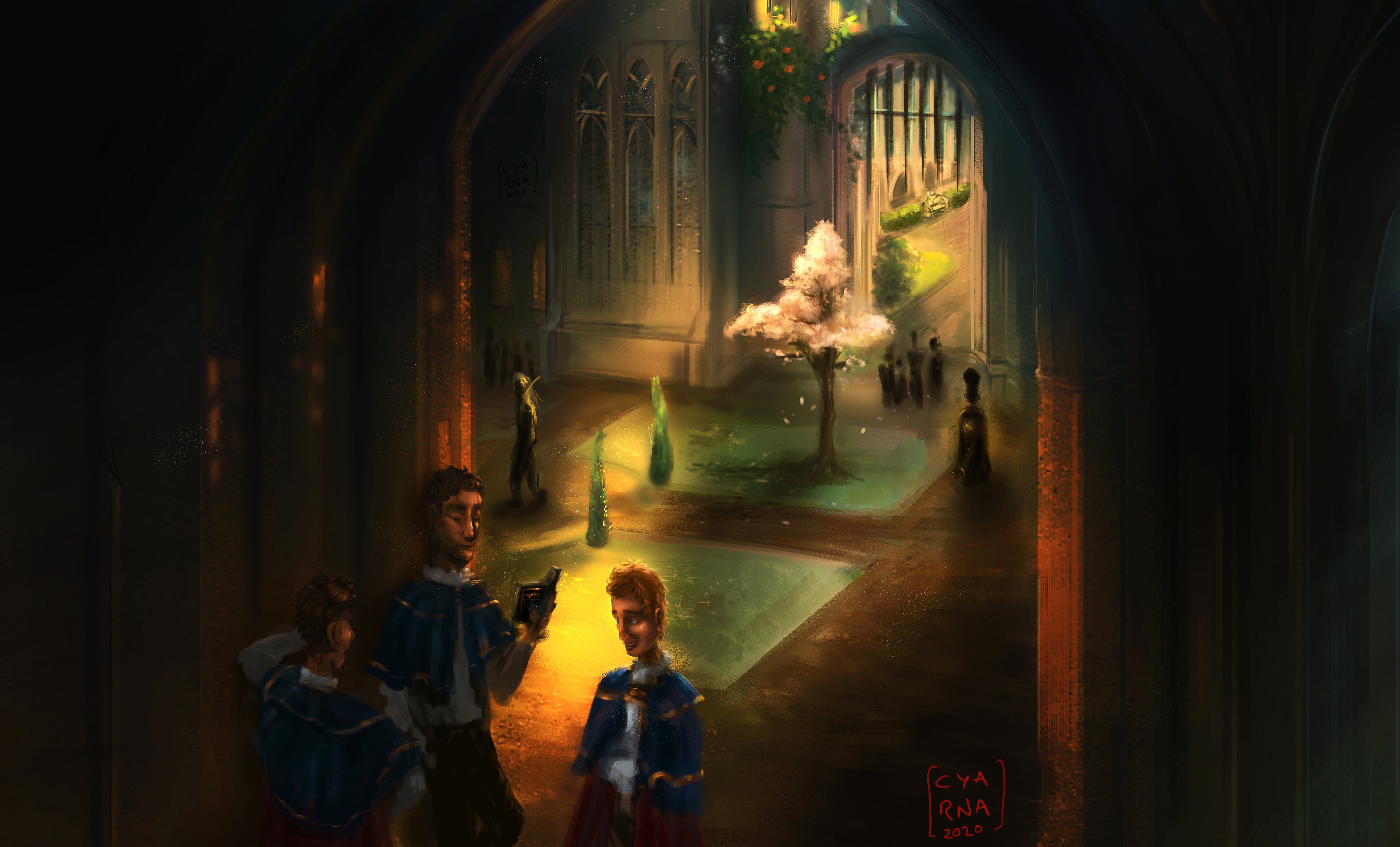

Raithby, Computation of radiant heat transfer on a nonorthogonal mesh using the finite-volume method. Simulations with the validated model were conducted to determine flux profiles and thermal efficiencies of different heliostat field, secondary concentrator and receiver designs for large-scale (gigawatt) chemical reactors.Ĭhui, E. The accuracy and optimal discretization level of the present approach was evaluated by comparing its predictions with those of a well-established and validated MC ray-tracing code SolTrace (Wendelin, 2003). temperature dependent emissivity) and their interactions inside the reactor domain. Here, this hybrid concept is extended to allow MC-FV coupling at an arbitrary interface thus enabling simulation of complex physical mechanisms (e.g. In this approach the incoming specular reflections were solved with a MC code while a FV model was used for the diffusive thermal re-radiation away from the reactor walls.

To reduce computational cost without compromising accuracy, previously a hybrid MC-FV radiation modeling scheme was suggested for a solar-thermal process (Martinek & Weimer, 2013). Its accuracy, however, is limited by the number of employed discrete solid angles as well as computational cells which may result in ray effect and false scattering errors, respectively (Martinek & Weimer, 2013). In contrast, these effects are readily accounted for in a FV-based discrete ordinates (DO) model (Chui & Raithby, 1993).

MC models are often employed to solve radiation in static systems where effects of scattering, absorption, emission as well as anisotropy caused by particles, gases or varying material properties can be neglected. Typically employed radiation models can be classified into Monte Carlo (MC) and finite volume (FV) based approaches. A computational model interfacing radiative, convective and conductive heat transfer was employed to investigate optimal reactor design and scale-up. The goal of this work is to facilitate the use of concentrated solar power to drive chemical reactions for such applications as carbothermal reduction and water splitting. *Department of Mechanical Engineering, University of Colorado, Boulder, CO 80309, United States. Weimerĭepartment of Chemical and Biological Engineering, University of Colorado, Boulder, CO 80303, United States. Groehn, Allan Lewandowski, Ronggui Yang * and Alan W. Efficiency and Design of High-temperature Solar-thermal ReactorsĪrto J.


 0 kommentar(er)
0 kommentar(er)
